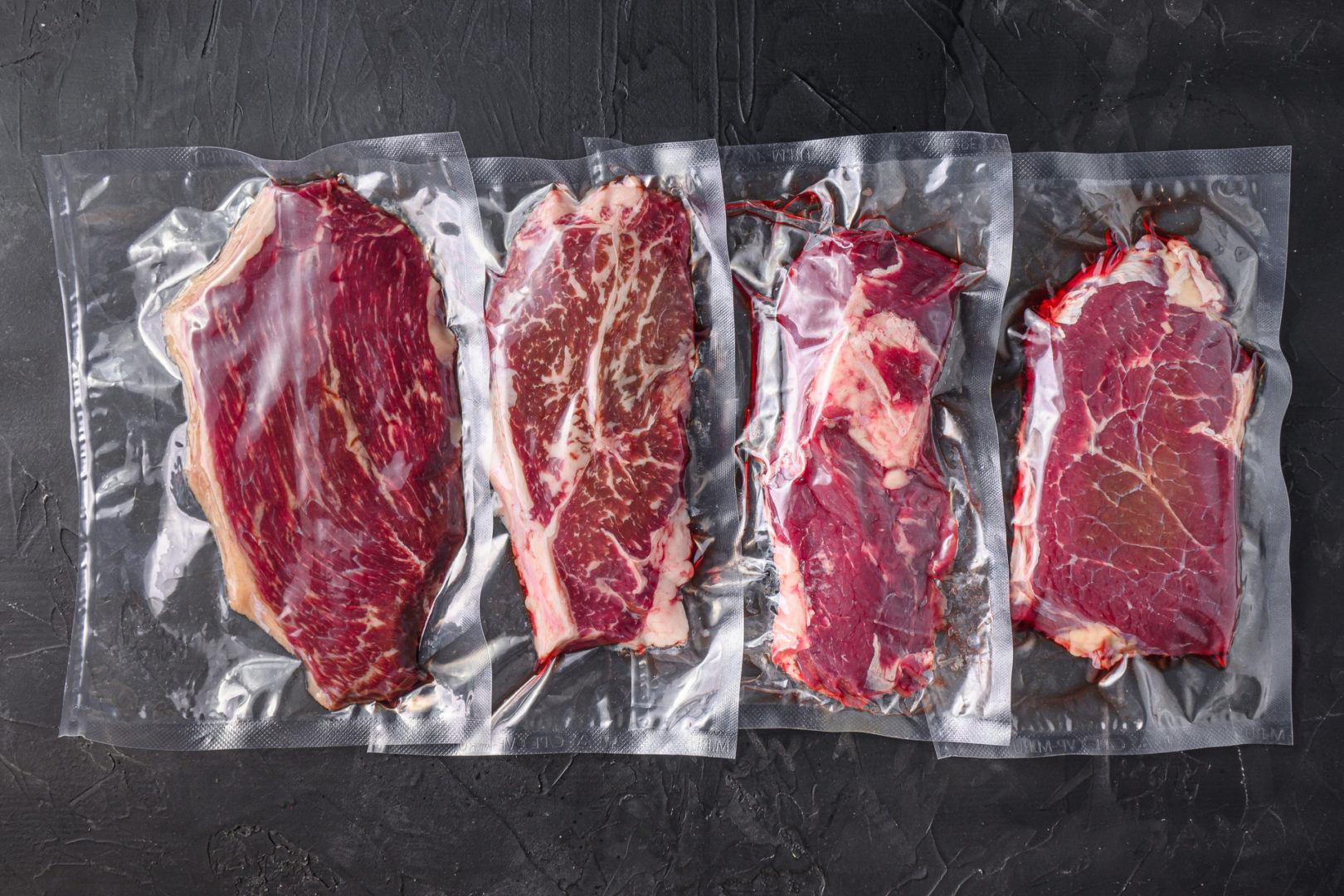I’m curious to see something that states that 72 hours is the the maximum time where the aging process has been completed.
Our rule of thumb is that if you are hanging your deer you want to keep an eye on the temperature. A temperature in the middle 40’s is good. For most hunters, you should be able to safely allow your deer to hang for roughly 24 hours or so to allow for the rigor mortis process to take place. Once this time has passed you can then go ahead with your actions of processing and butchering of the deer meat to prepare it for the freezing, and long-term storage.
Important Note – We should make sure that everyone is on the same page here. When we are talking about temperature. We are referring to meat temperature. Not just the outside air temperatures of where the deer meat is hanging to age.
The best way to check the temperature of your deer meat while it's hanging to age is by using a meat thermometer. We opt for using a digital meat thermometer, as the readings are accurate and easy to read. If you're planning on hanging your deer meat for an extended period of time, then a meat thermometer (preferably a digital meat thermometer) will prove to be an invaluable tool in monitoring the process of your deer meat's temperature while it hangs to age.
This is not the 72 hours, but found this. And that wet aging article is Beef, and they don’t want to give away their secrets, but I assure you it’s not soaking in a cooler full of ice.I’m not saying I’m right, mine is bro science, but if you have something more concrete I’d love to see it.
Oh, and wet aging is a thing…lots of articles.

An Introduction to the Process of Wet-Aged Beef | Make Your Reservation
At Yo Ranch Steakhouse we’ve discussed dry-aged steak, now we think it’s time to examine the wet-aged process for steak.www.yoranchsteakhouse.com
Our rule of thumb is that if you are hanging your deer you want to keep an eye on the temperature. A temperature in the middle 40’s is good. For most hunters, you should be able to safely allow your deer to hang for roughly 24 hours or so to allow for the rigor mortis process to take place. Once this time has passed you can then go ahead with your actions of processing and butchering of the deer meat to prepare it for the freezing, and long-term storage.
Important Note – We should make sure that everyone is on the same page here. When we are talking about temperature. We are referring to meat temperature. Not just the outside air temperatures of where the deer meat is hanging to age.
The best way to check the temperature of your deer meat while it's hanging to age is by using a meat thermometer. We opt for using a digital meat thermometer, as the readings are accurate and easy to read. If you're planning on hanging your deer meat for an extended period of time, then a meat thermometer (preferably a digital meat thermometer) will prove to be an invaluable tool in monitoring the process of your deer meat's temperature while it hangs to age.
Last edited:

